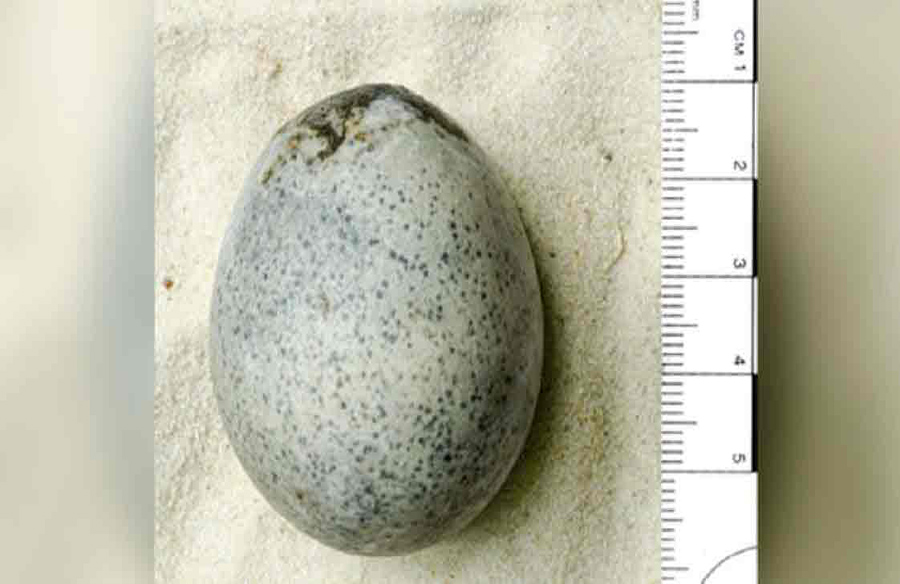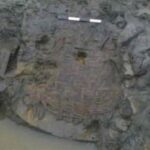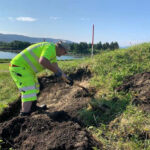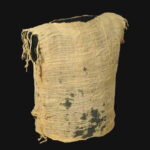A recent excavation in Aylesbury, Buckinghamshire, has unveiled an extraordinary artifact that has captivated archaeologists and scientists worldwide: a 1,700-year-old egg, the only intact specimen from Roman Britain known to exist, still containing liquid contents. This remarkable find, discovered during an archaeological dig conducted between 2007 and 2016, offers unprecedented insights into ancient dietary practices and funerary customs.
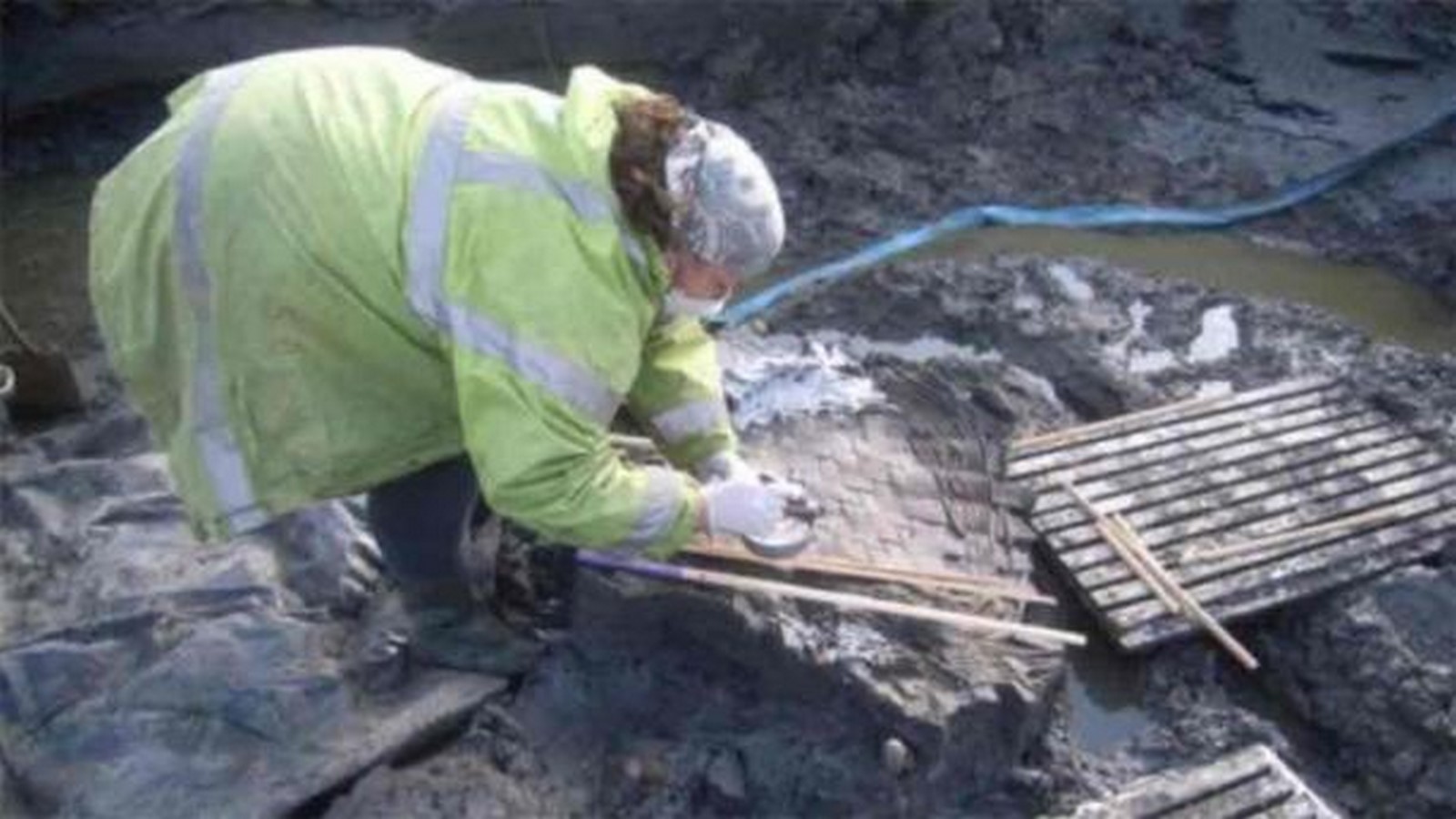
Unearthing Ancient Treasures
The egg, hailed as a “genuinely unique discovery” upon its initial excavation, has garnered even greater significance with recent micro-CT scans revealing its remarkably preserved contents. Despite centuries of burial, the egg’s liquid yolk and egg white remain intact, defying expectations of decay and offering a rare glimpse into the past.
A Roman Settlement Unveiled
The discovery took place within the context of the Berryfields housing and community development site near Aylesbury, Buckinghamshire, where Oxford Archaeology unearthed a middle Iron Age settlement and the agricultural hinterland of the Roman settlement of Fleet Marston. Through meticulous excavation efforts, a wealth of artifacts dating from the 1st to the 4th century AD were recovered, shedding light on the region’s rich historical tapestry.
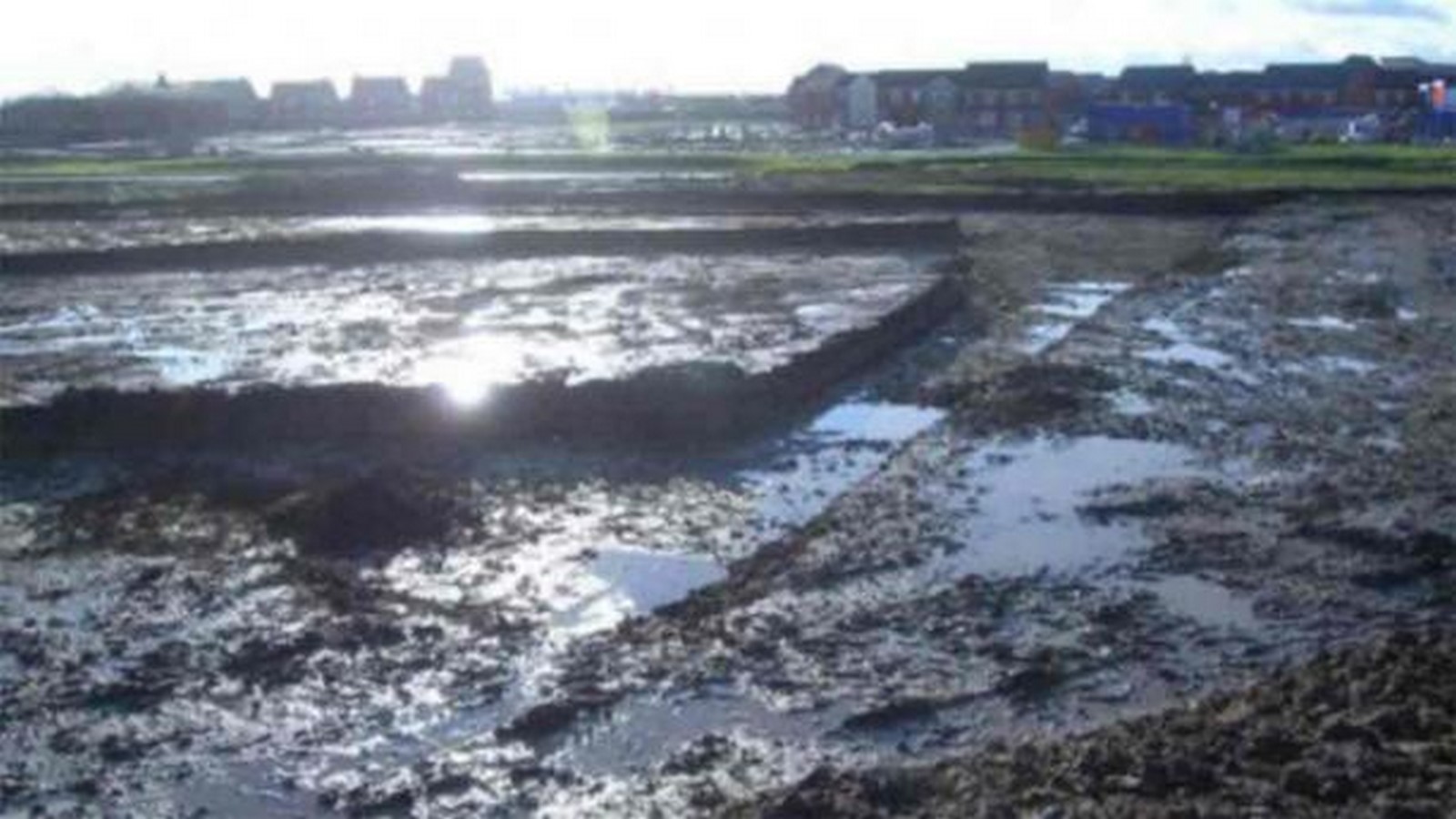
Preserving Organic Remnants
The egg, nestled among various organic deposits in a waterlogged pit, emerged as a testament to the site’s unique preservation conditions. Despite the fragility of organic materials, including leather shoes, wooden tools, and a wicker basket, the waterlogged environment ensured their remarkable survival over the centuries.
Symbolism and Ritual
The discovery of the intact egg prompts speculation about its symbolic significance within Roman funerary rituals. Eggs, revered for their symbolism of fertility and rebirth, were commonly associated with Roman deities such as Mercury and Mithras. It is plausible that the eggs, along with other offerings found at the site, were deposited as votive offerings or tokens of goodwill.

Unlocking Ancient Mysteries
Further analysis, including scanning at the University of Kent and consultations with experts at London’s Natural History Museum, aims to unravel the egg’s origins and shed light on the species of bird that laid it. This collaborative effort underscores the interdisciplinary nature of archaeological research and the ongoing quest to decode the mysteries of the past.
A Testament to Archaeological Ingenuity
The discovery of the 1,700-year-old egg not only showcases the sophistication of modern archaeological techniques but also underscores the potential for new discoveries to reshape our understanding of ancient civilizations. As the egg undergoes further study at the Discover Bucks Museum in Aylesbury, it promises to unveil new insights into Roman Britain’s cultural practices and dietary habits, enriching our appreciation of the past.


